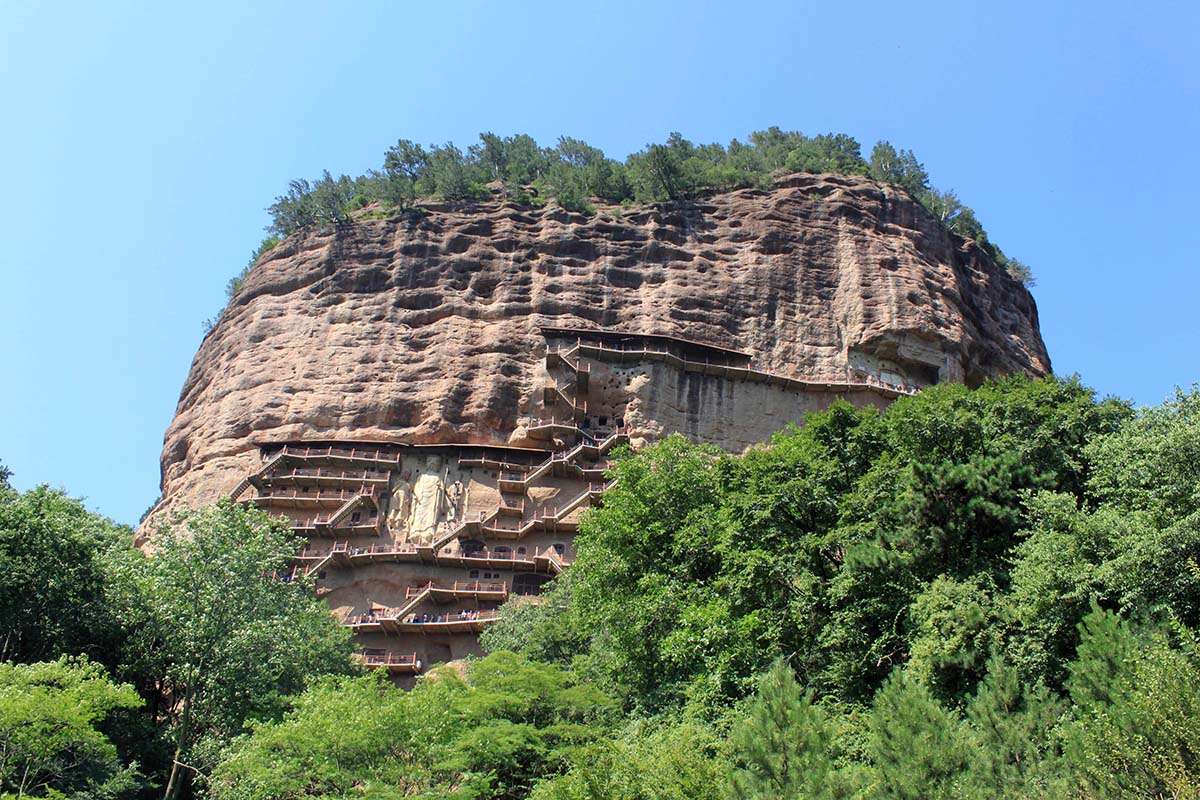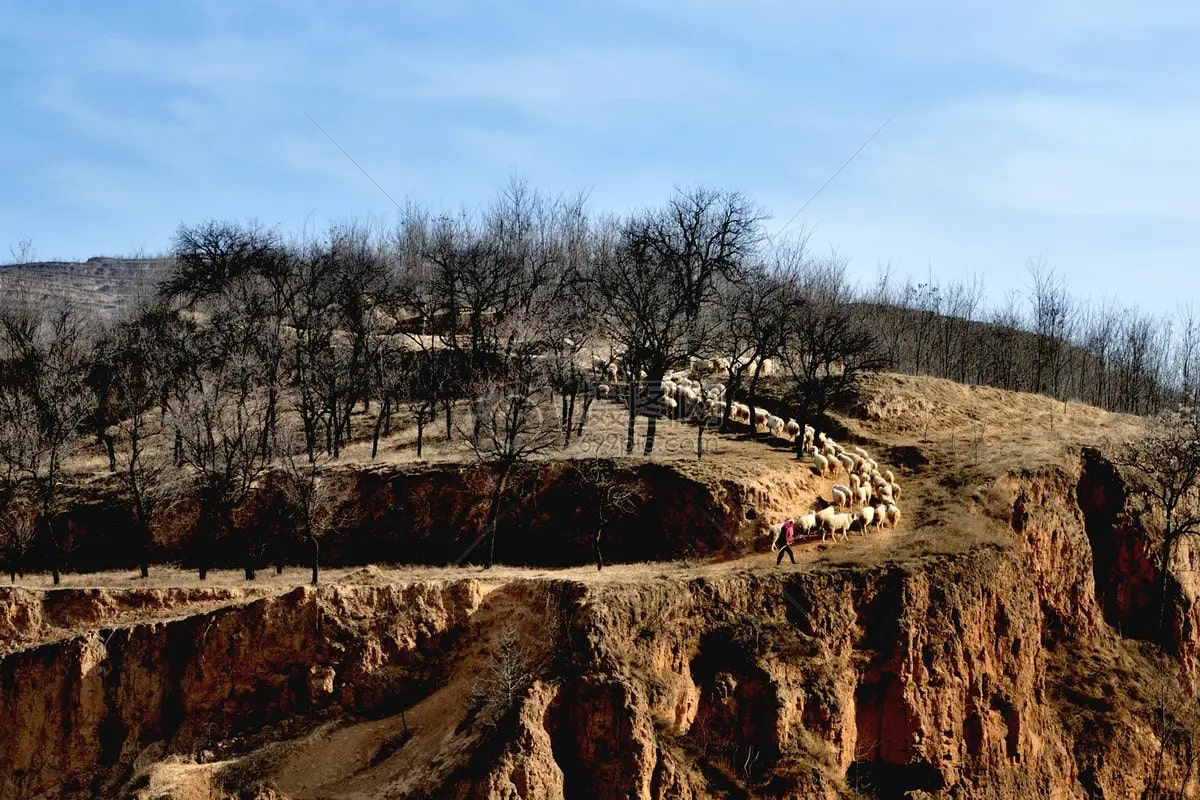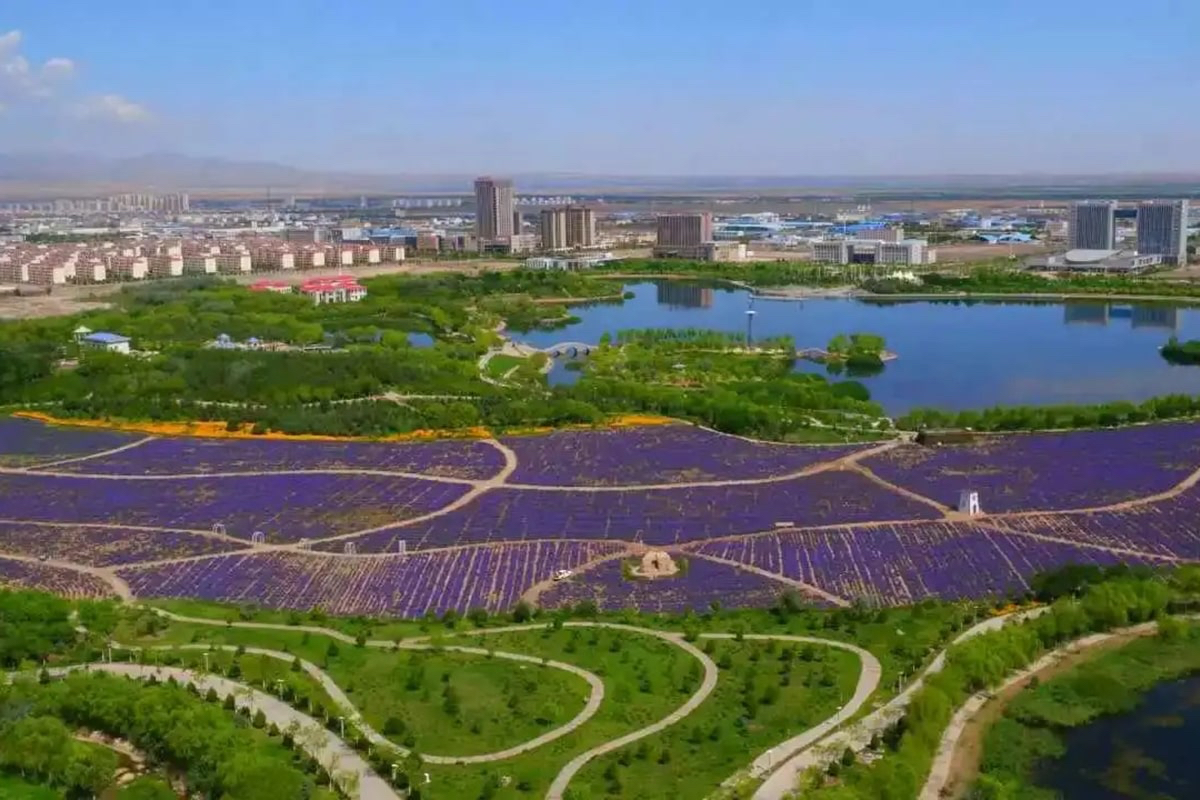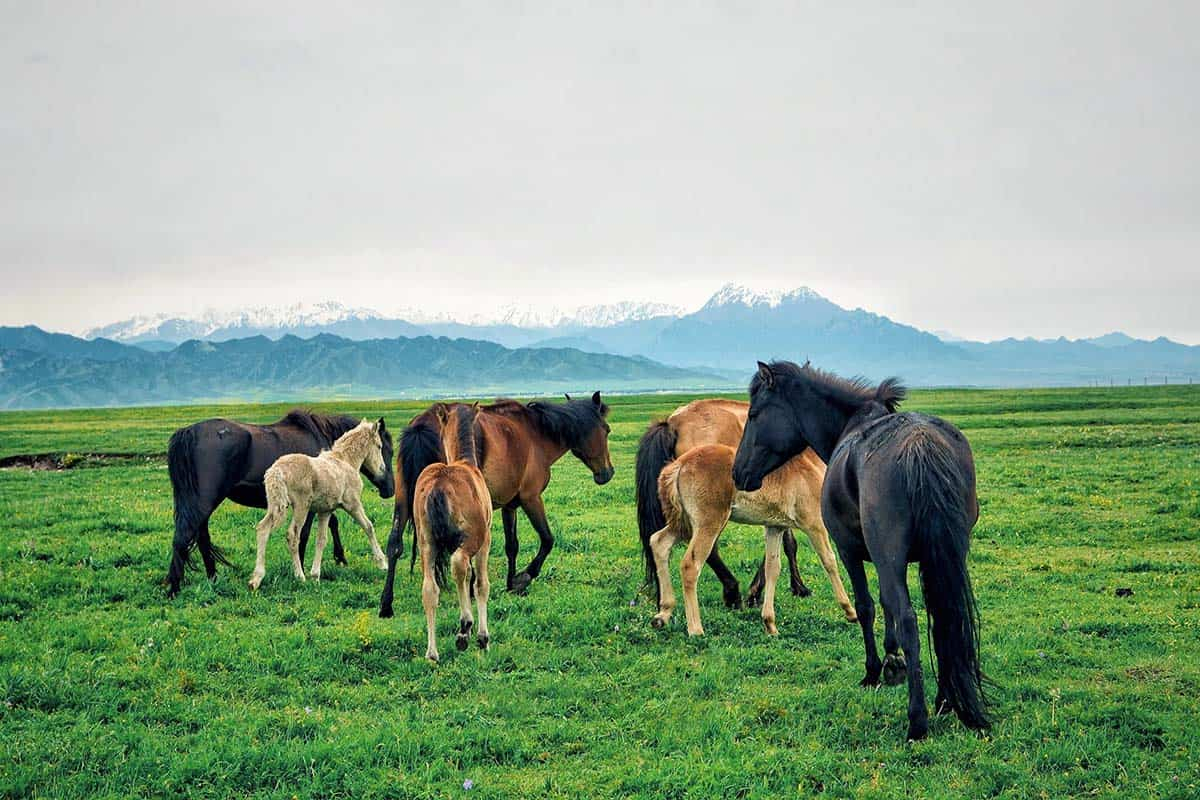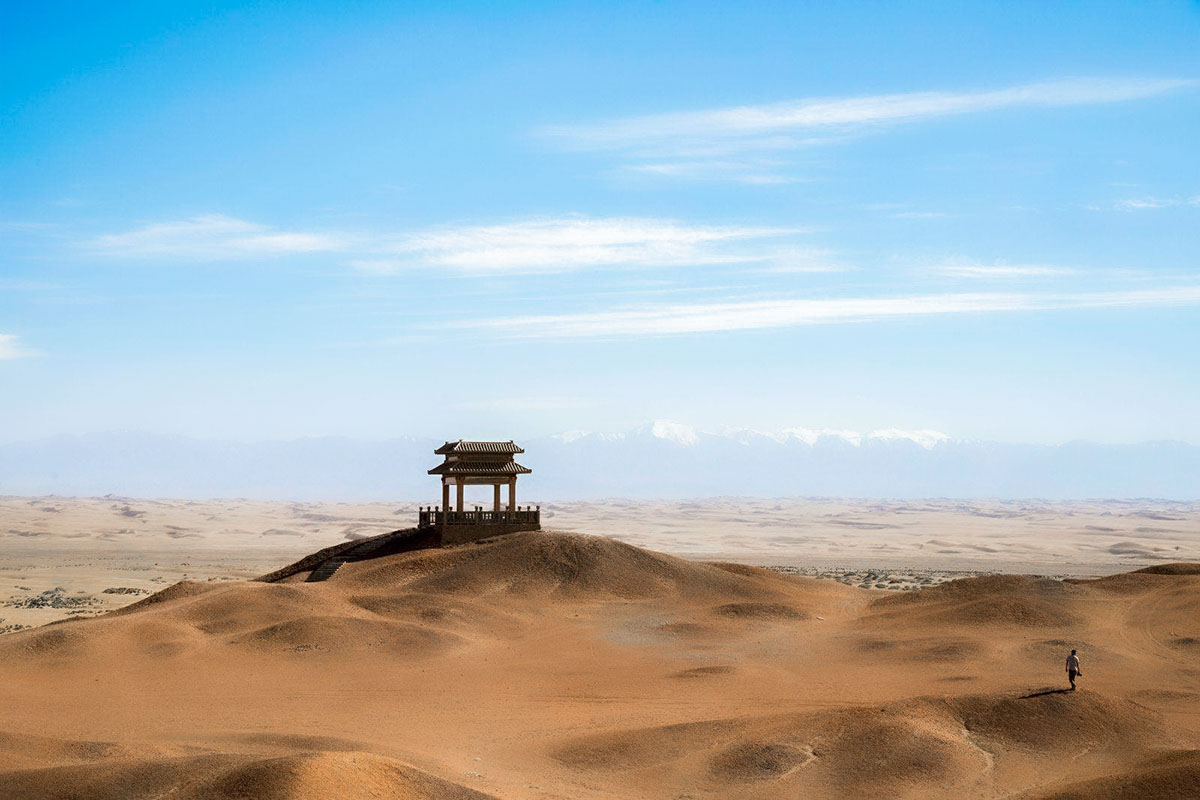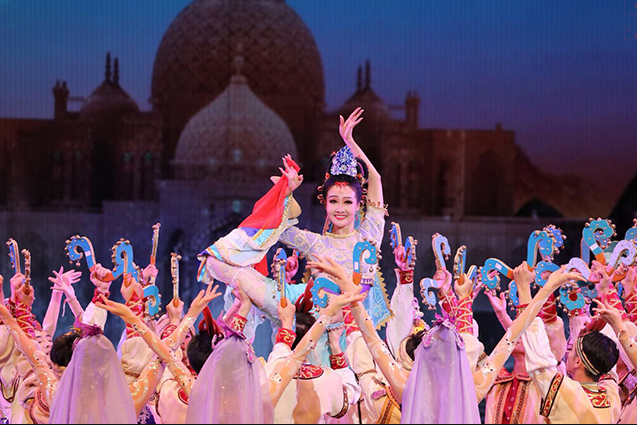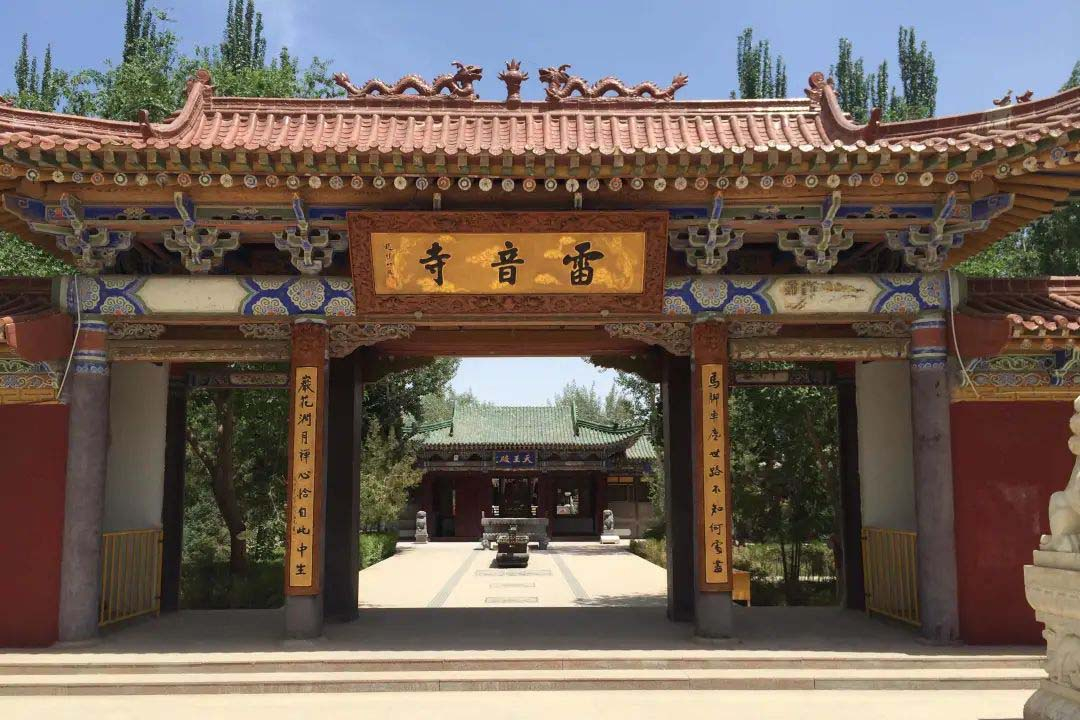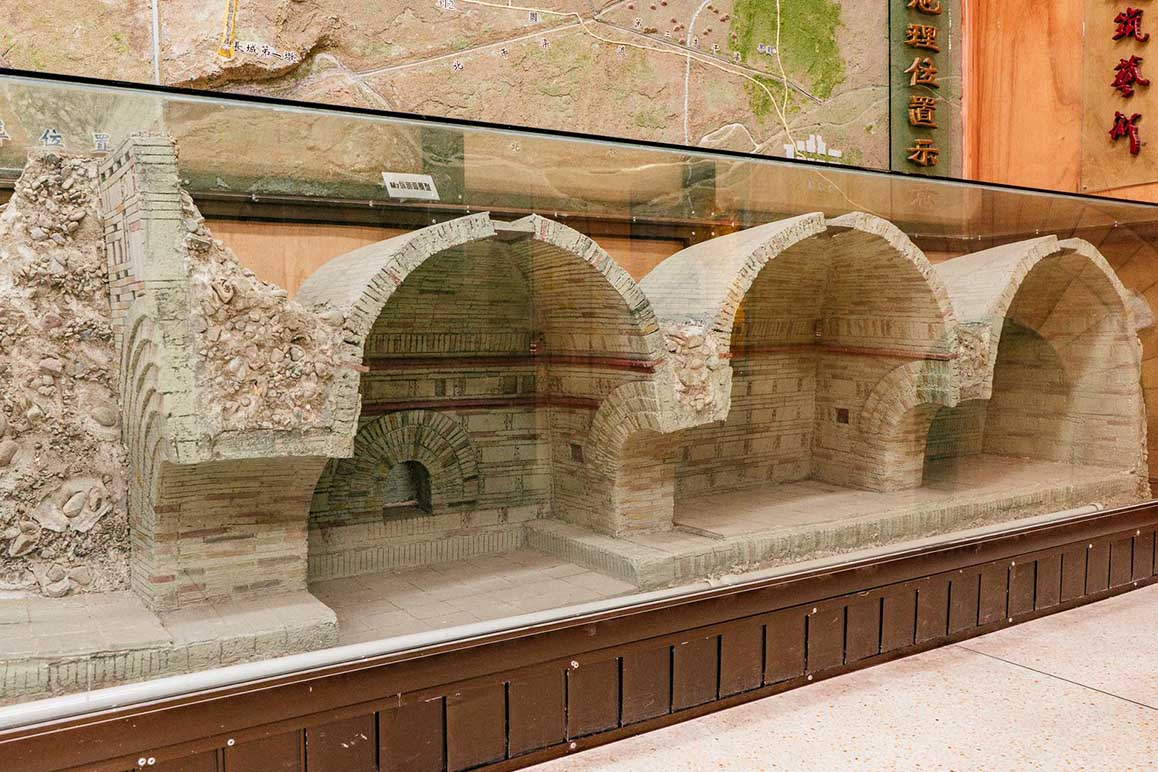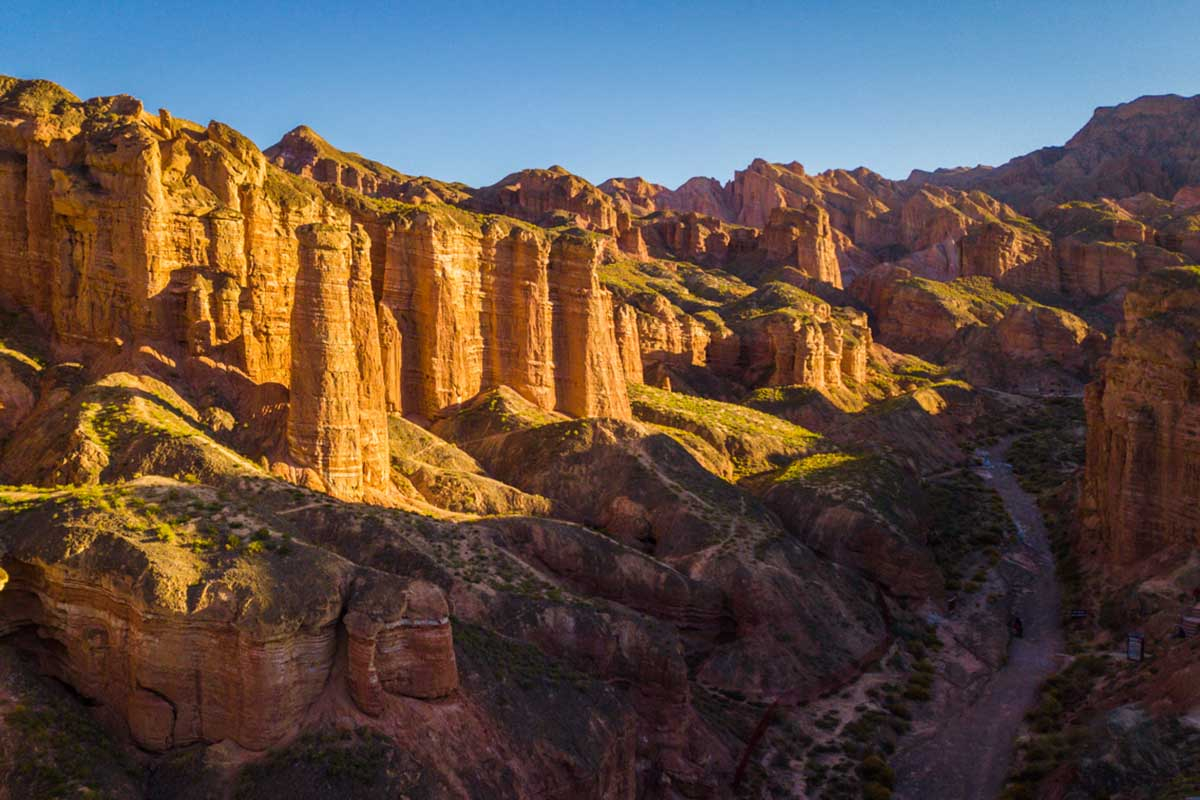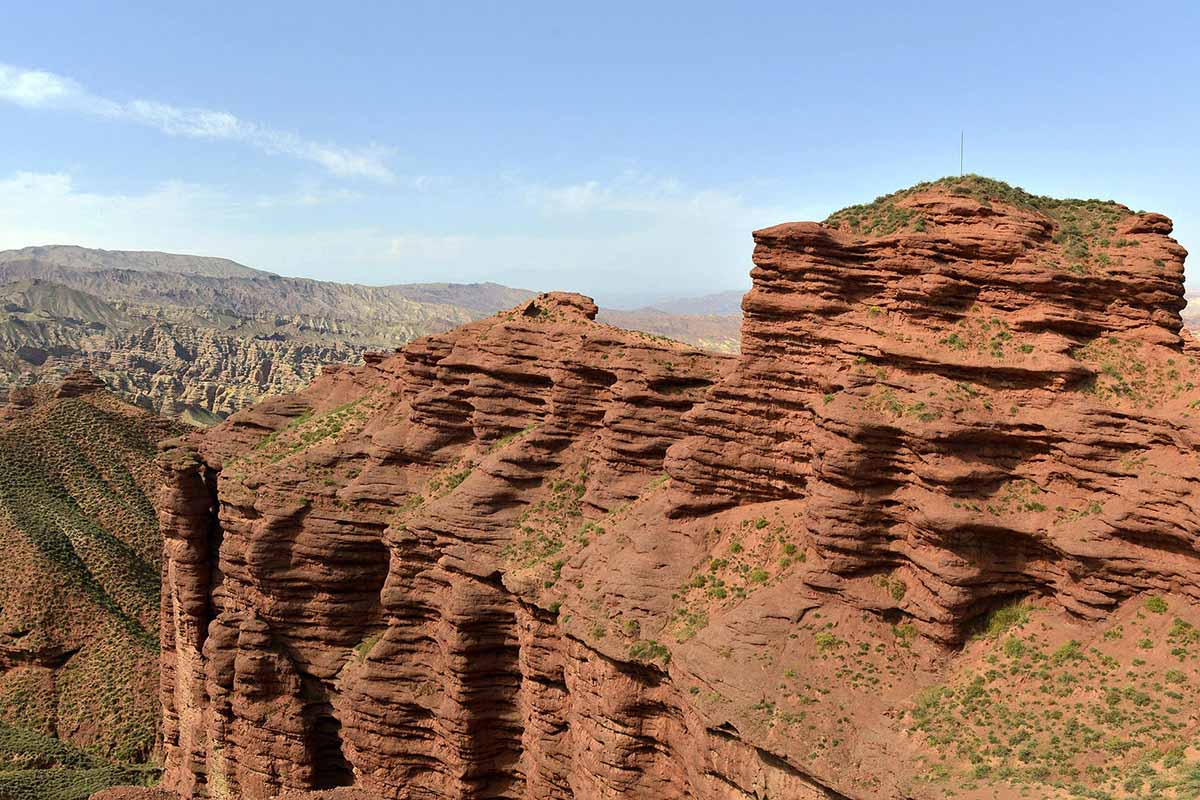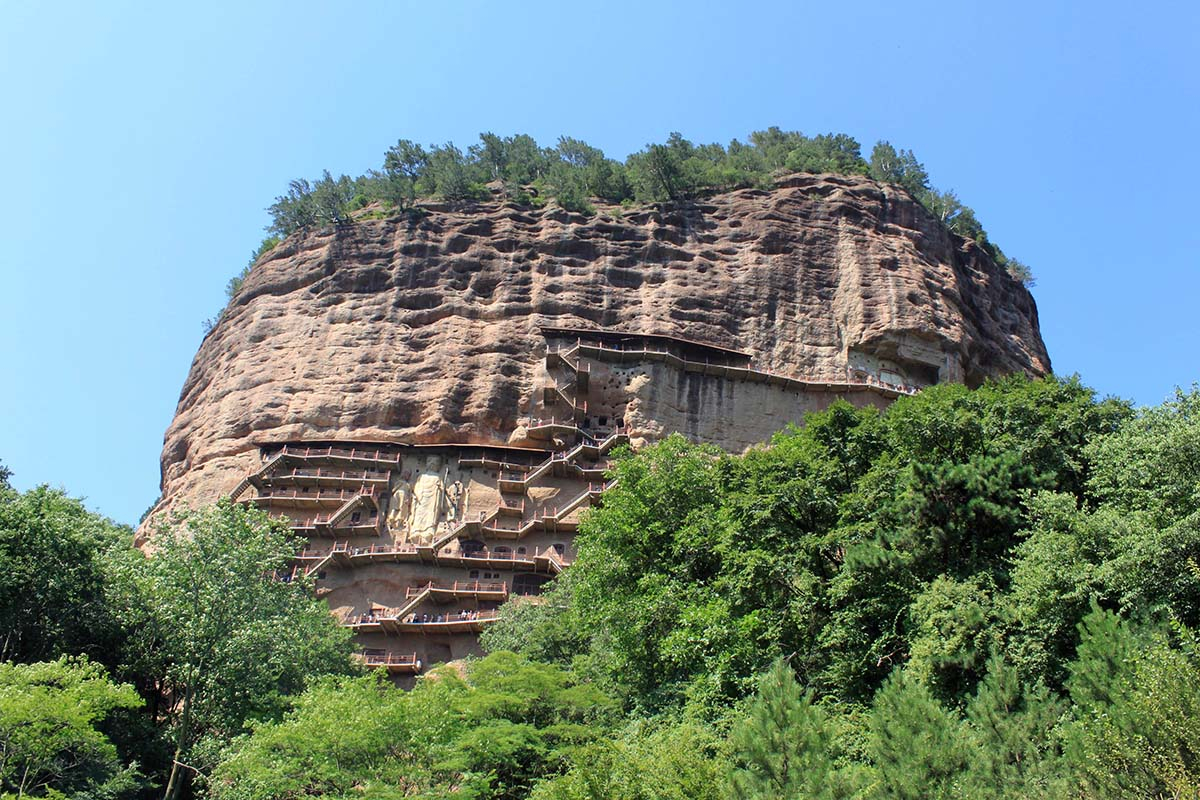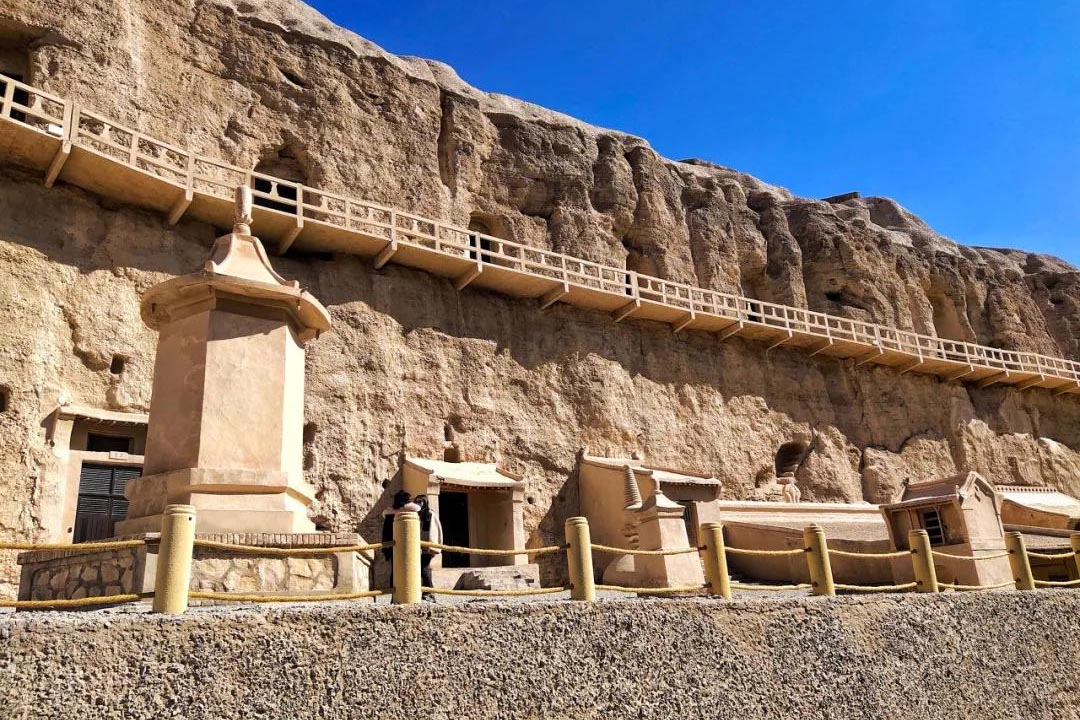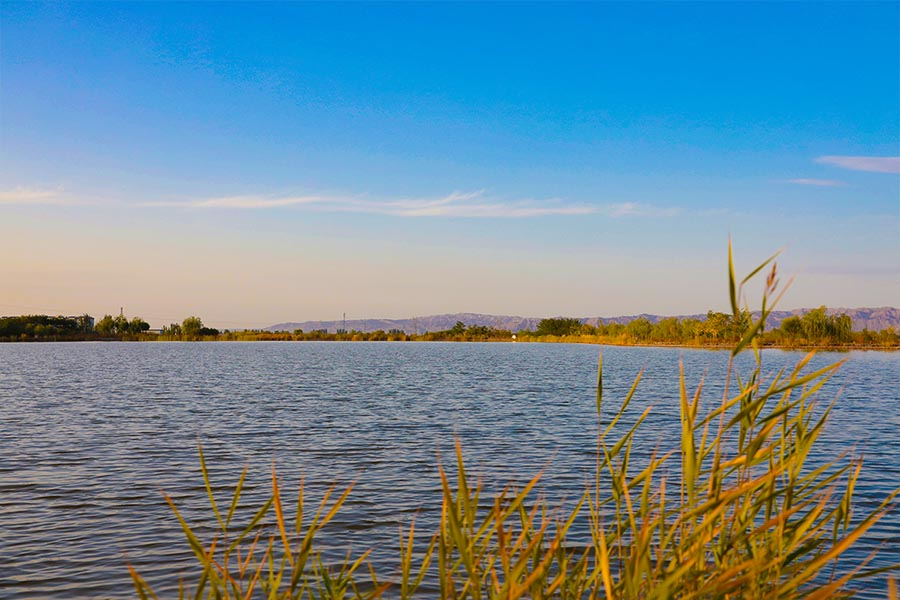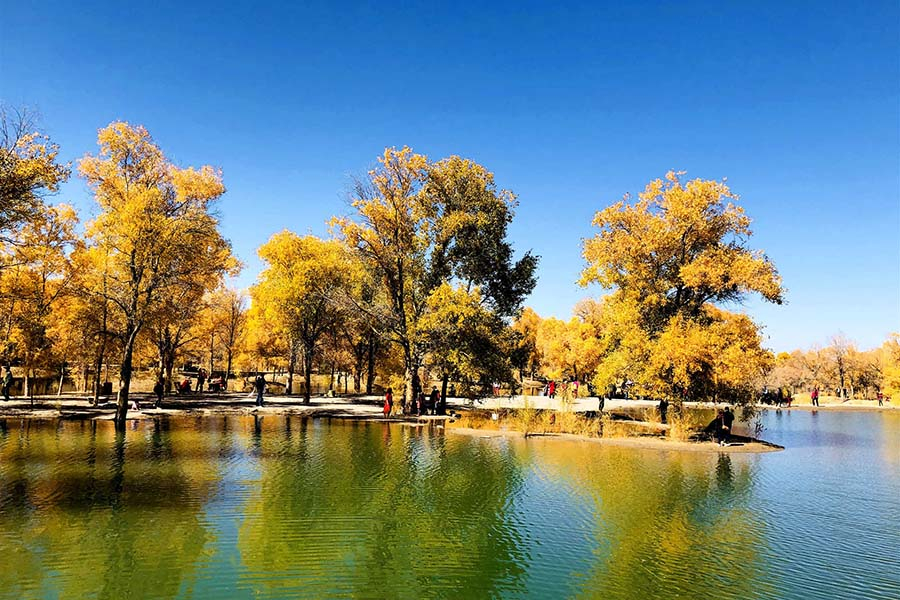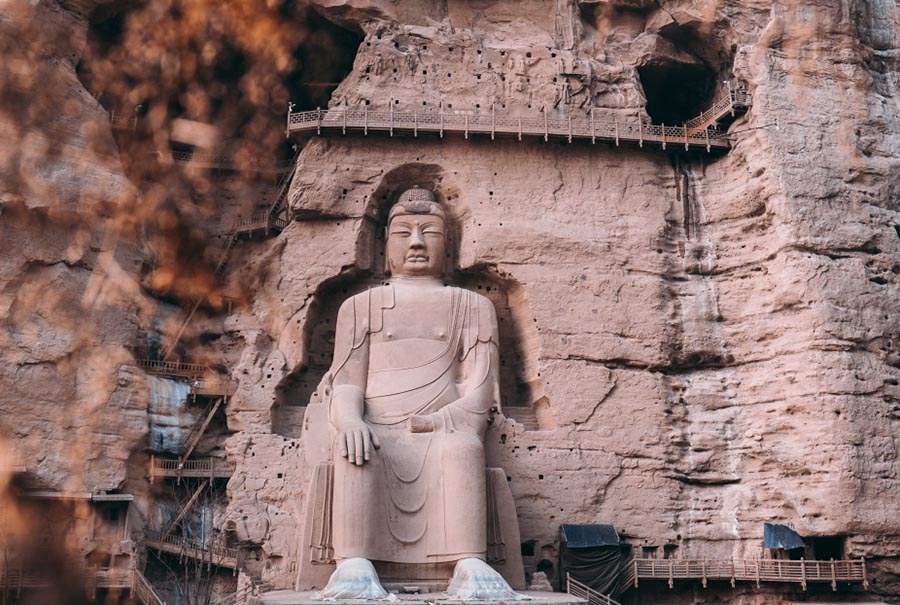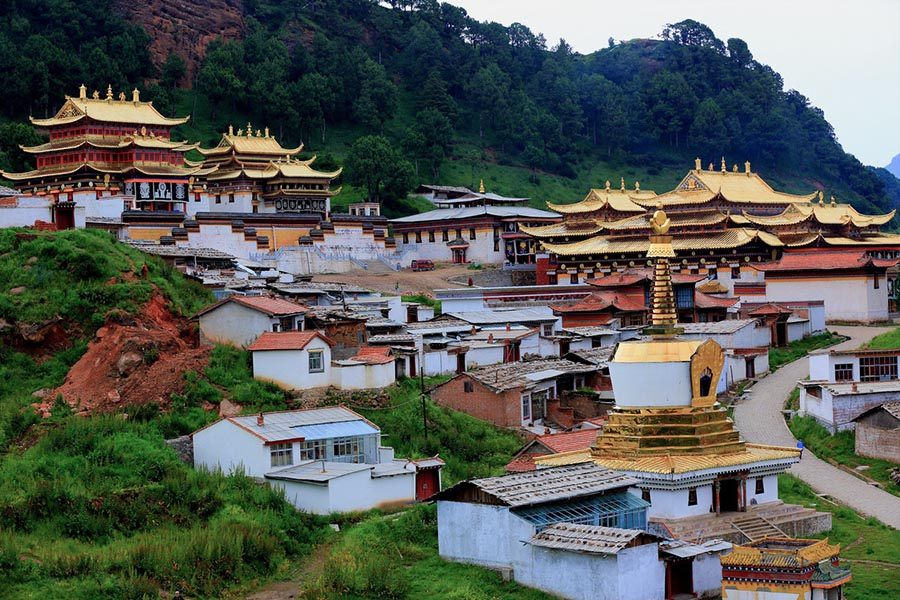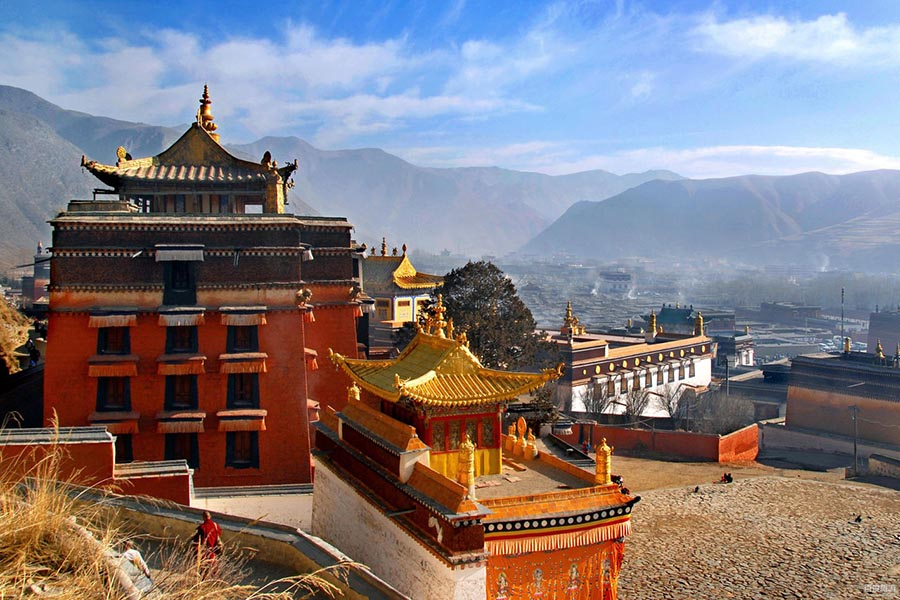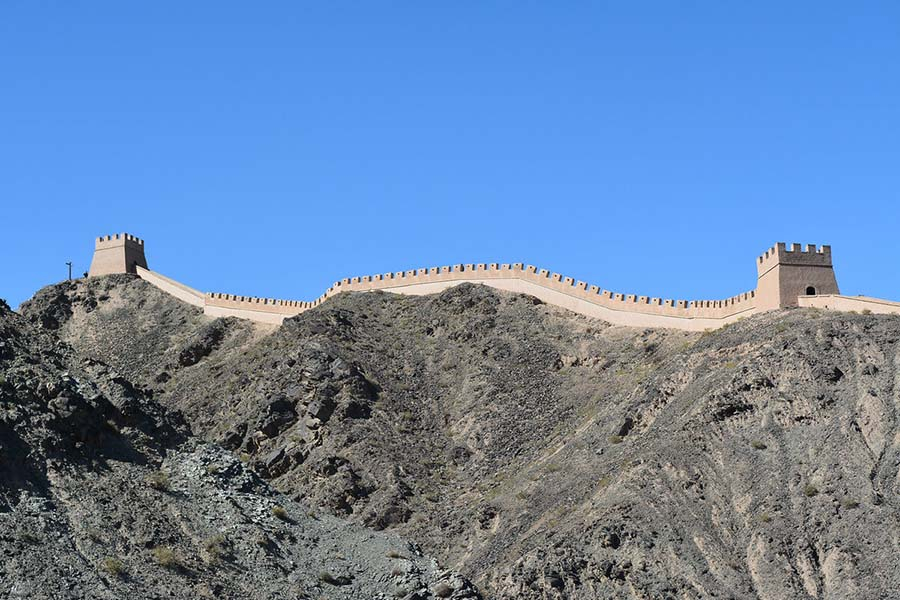Maiji Mountain Grottoes
Chinese Name: 麦积山石窟 (Mai Ji Shan Shi Ku)
Location: Maiji District, Tianshui City, Gansu Province
Ticket: CNY80.00
Estimated tour time: 3-4 hours
Recommended time to visit: All year round.
Nearby attractions: Fuxi Temple, Water Curtain Cave, Yuquan Temple, Immortal Cliff, etc.
Maiji Mountain Grottoes: World Cultural Heritage, National 5A Tourist Scenic Spot, National Key Scenic Spot, National Forest Park, National Geopark, National Key Cultural Relics Protection Unit and one of the four great grottoes in China.
Maiji Mountain, located in Maiji District, Tianshui City, Gansu Province, is an isolated peak in the Xiaolong Mountains. It is 142 meters high and is named for its resemblance to a wheat rick. Built between 384-417 years ago, Maijishan Grottoes contains 221 caves, 10,632 clay sculptures and more than 1,300 square meters of murals. It is world famous for its exquisite clay sculpture art and is honored as an exhibition hall of oriental sculpture art.
Maiji Mountain Scenic Spot consists of more than 180 scenic spots in five sub-scenic areas: Maiji Mountain, Fairy Cliff, Stone Gate, Quxi and Jieting Hot Spring. It has a rich variety of biological types and species, known as the "crown of the Longshang forest springs" with profound tourism value, is a dazzling artistic pearl and the most potential tourist resort on the golden tourist route of the ancient Silk Road.
Maijishan Grottoes retain a large number of religious, artistic, architectural and other material materials, reflecting the characteristics of statues of various times over thousands of years, reflecting the development and evolution of Chinese clay sculpture art, enriching the history of ancient Chinese culture, provides a wealth of data and historical facts for the study of Chinese Buddhist culture.
The Maijishan Grottoes scenic area has been trialing real name ticket purchase since Sept 16, 2018, with a daily limit of 6,400 tickets in the grotto area.
The grottoes were first built in the Late Qin Dynasty (384 ~ 417 years), and were continuously excavated and expanded by successive generations, thus becoming one of the famous grottoes in China.
54 caves in the east cliff and 140 in the west Cliff have been preserved. The most beautiful grottoes in the east cliff are the Nirvana Grottoe, the Thousand Buddha Corridor, Seven Buddha Pavilion, etc. West Cliff gathers the most valuable caves such as the Ten Thousand Buddha Hall, Paradise Cave, Cave 121, Cave 123, Cave 127 and Cave 165.
If Dunhuang is a great murals hall, then Maiji Mountain is a great sculpture hall. The large statues here are 16 meters high and the small ones are only more than 10 centimeters high. They reflect the characteristics of statues of various times over the past thousands of years and systematically reflect the development and evolution of Chinese clay sculpture art.
The statues of Maijishan have two distinct characteristics: a strong national consciousness and a secular tendency. Except for the early works, from the Northern Wei Dynasty, almost all the Buddha statues are bowed down and have amiable faces. Although they are the gods of heaven, they are like earthly people and become the incarnation of people's good wishes. From the figure and dress of the statue, it is gradually getting rid of the influence of foreign art, reflecting the characteristics of the Han nationality Chinese.
- HOTEST
- RECOMMEND
